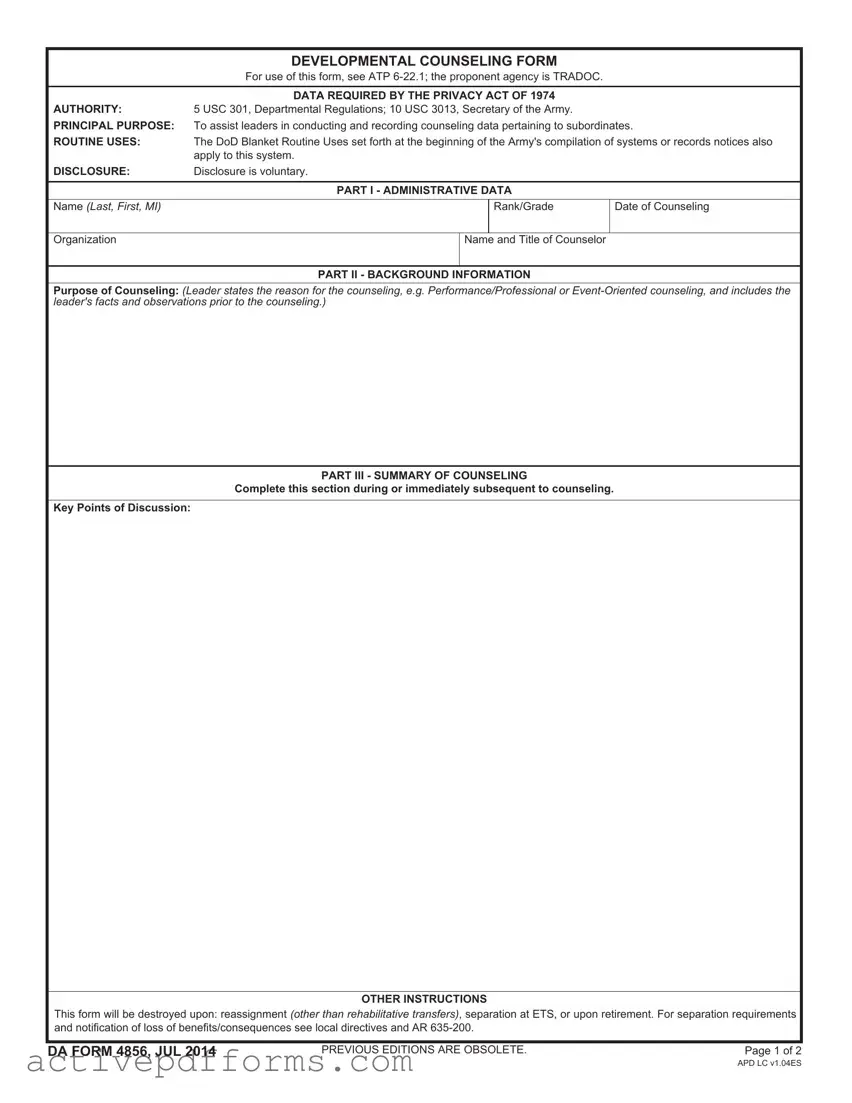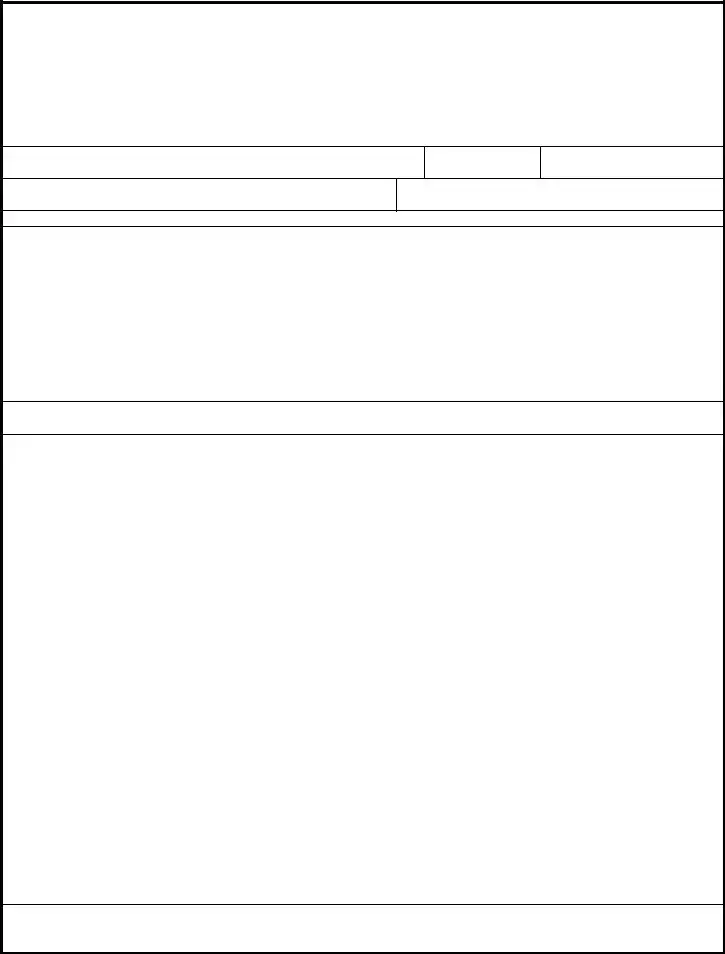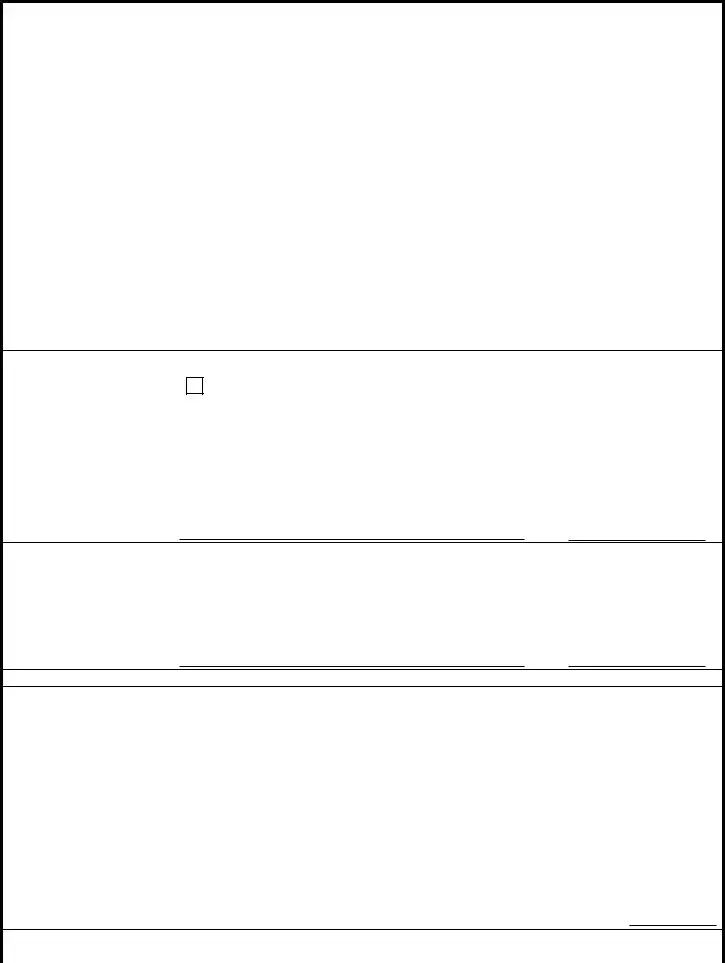In the life of military personnel, documentation plays a pivotal role, serving as a crucial conduit for communication, evaluation, and progression within the ranks. Among the myriad of forms integral to the U.S. Army's administrative processes, the DA 4856 form, or the Developmental Counseling Form, stands out. This essential piece of documentation is used by leaders to record the details of counseling sessions provided to their subordinates, marking a fundamental tool for guidance and performance enhancement. The form serves various purposes, from setting forth objectives and expectations to identifying strengths and areas for improvement. It can be utilized for a range of scenarios including, but not limited to, career development, professional growth, and addressing conduct-related issues. Ensuring proper completion and understanding of the form's nuances not only facilitates a well-documented counseling process but also reinforces the importance of open communication and mentorship within the military structure. Therefore, the DA 4856 form embodies more than just a piece of paper; it is a cornerstone of personal development and leadership within the Army.


